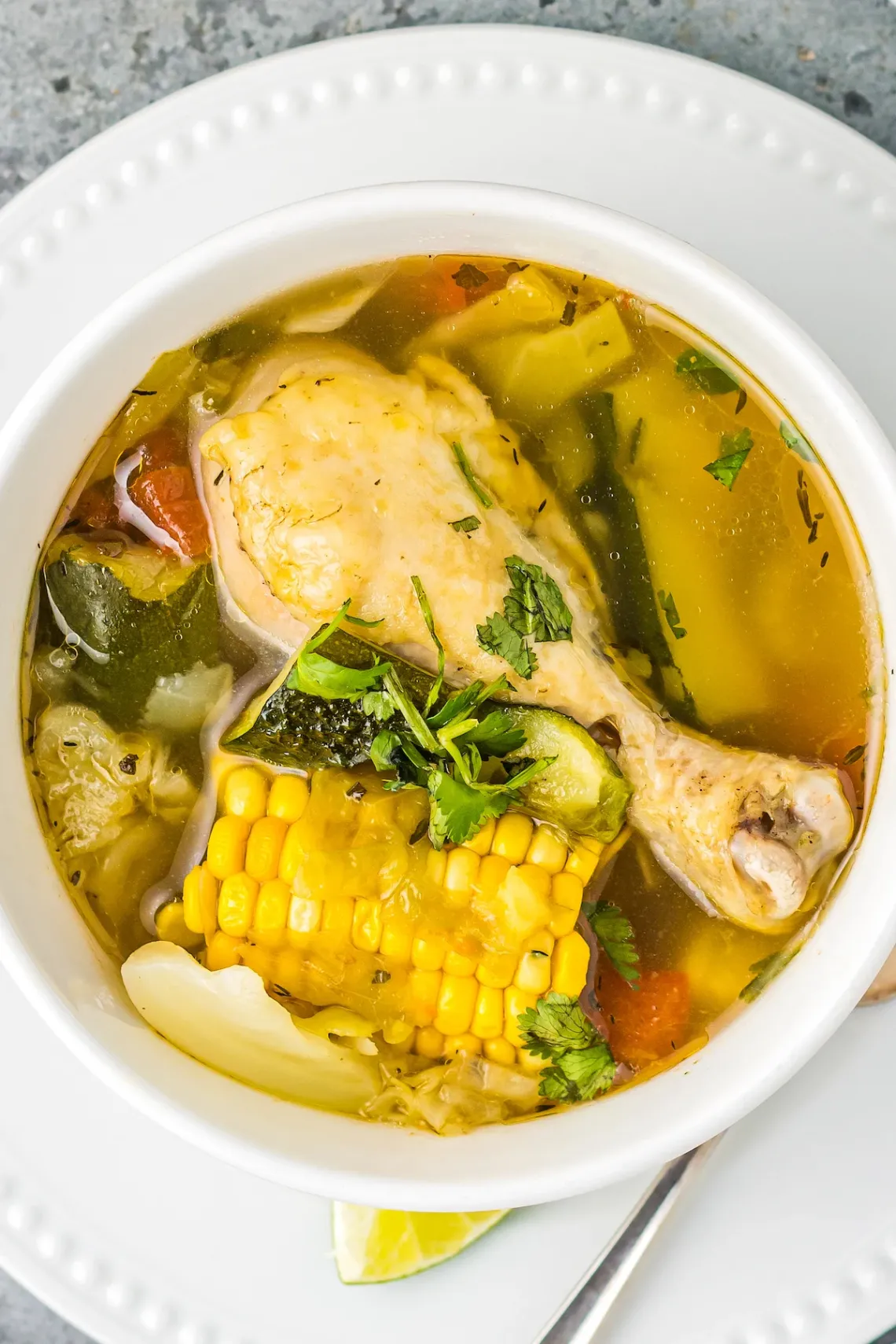Food as Medicine: My Experience Studying Migrant Sustenance Practices in Tucson, Arizona

It is difficult to pinpoint the moment I learned that drinking steeped garlic, oregano, lemon, and honey would heal a sore throat or that cinnamon reduces inflammation. If I had a headache as a kid, my mother would go outside and trip stems of spearmint and lemongrass that she planted from a propagation my grandmother gifted. I inherited these remedies as common practices, leading me to take them for granted as knowledge. I grew up in a Spanish, English, and Spanglish speaking household in a more rural area of California’s central coast region. Through listening to my family’s migration stories, I learned that the way I was taken care of and learned to take care of others through food and herbal remedies were intergenerational practices.
The U.S.-Mexico borderlands are often animated by migration narratives of loss, scarcity, and violence. Extensive literature documents the social and structural constraints that migrants face in accessing medical care once in the U.S. However, less is known about migrant population’s care-seeking experiences pre-migration. The Salud Sin Fronteras (SSF) research project at the University of Arizona aims to address this silence in the literature. Understanding health practices pre- and post- migration paints a broader picture to identify how healing practices are maintained, even in the face of migration’s many challenges.
On my first day as a research assistant with SSF last summer, I met with Dr. Daniel Martinez, a sociologist and Dr. Rebecca Crocker, an anthropologist. They introduced me to the survey the research team had conducted with 300 Mexican-born adults who now live in southern Arizona. The survey collected information on traditional care-seeking practices pre- and post-migration, existing barriers to care in the U.S., and sociodemographic characteristics. The part of the survey I would focus on asked about traditional remedies used in Mexico and whether they continued those practices after arriving in the U.S. Funding from the Center for Regional Food Studies supported my analysis of open-ended survey questions about medicinal usages of food and sustenance pre- and post-migration.
Although my lived experience taught me about the deep traditions of using food as medicine, analyzing the responses on medicinal uses of food clarified just how vital certain ingredients, dishes, and nourishment rituals are as forms of care. Throughout the summer, I coded mentions of herbs, soups, teas, and more to understand which foods were commonly turned to for prevention and healing. This research documents binational practices of employing food as medicine, demonstrates how nourishment is considered a direct mode of healing for migrants from Mexico, identifies which foods are most utilized, and how the process of migration interrupts or reinforces these traditions.
When participants were asked if they consumed particular foods and home-cooked meals to promote health or treat any ailments, 76% said yes when describing their practices in Mexico and 73.3% said yes when answering for their practices in Arizona. As a PhD student in Anthropology researching practices of care, this experience enabled me to reflect on the conditions in which care practices can exist. The high rates of using food as medicine pre- and post-migration indicates that the knowledge and practices surrounding foodways persist across, and despite, borders. The study’s location in southern Arizona, which borders Mexico and has sizable Mexican and immigrant populations also suggests that demographic and geographic factors play a role in how regional food systems support the maintenance of food and herbal practices. Given the many challenges migrant families face in accessing medical care, understanding and supporting these cultural practices of using food as medicine is vital to migrant systems of care.

